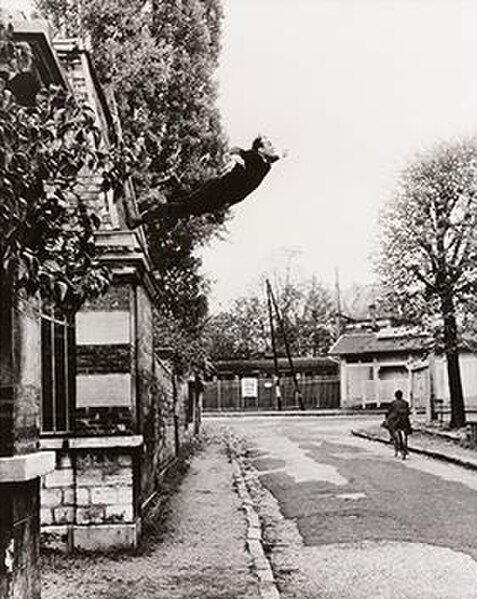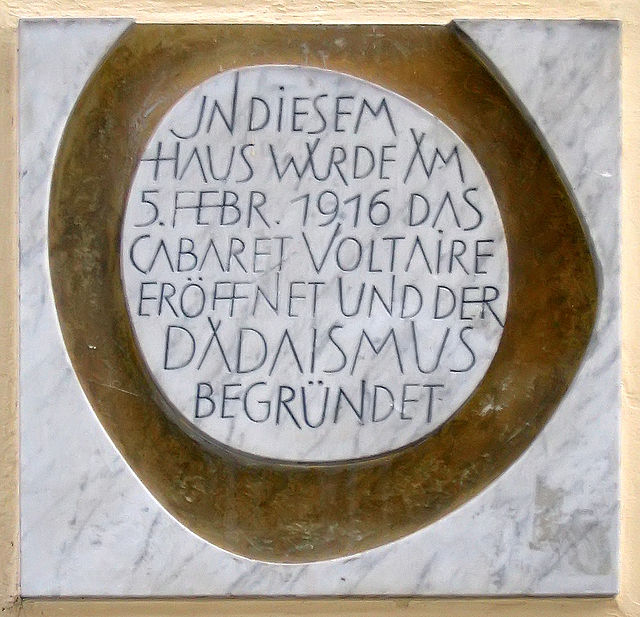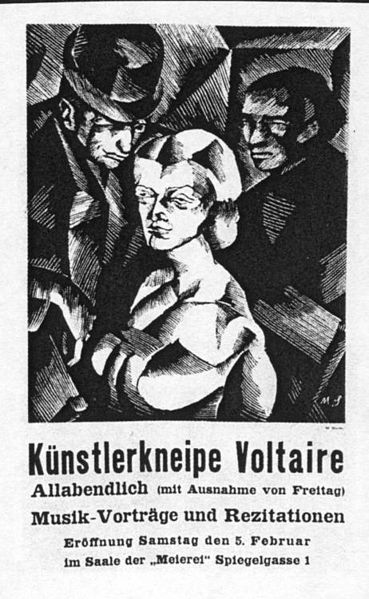Fluxus was an international, interdisciplinary community of artists, composers, designers and poets during the 1960s and 1970s who engaged in experimental art performances which emphasized the artistic process over the finished product. Fluxus is known for experimental contributions to different artistic media and disciplines and for generating new art forms. These art forms include intermedia, a term coined by Fluxus artist Dick Higgins; conceptual art, first developed by Henry Flynt, an artist contentiously associated with Fluxus; and video art, first pioneered by Nam June Paik and Wolf Vostell. Dutch gallerist and art critic Harry Ruhé describes Fluxus as "the most radical and experimental art movement of the sixties".
Fluxus Manifesto, 1963, by George Maciunas
Flux Year Box 2, c. 1967, a Flux box edited and produced by George Maciunas, containing works by many early Fluxus artists
Piano Activities, by Philip Corner, as performed in Wiesbaden, 1962, by (l–r) Emmett Williams, Wolf Vostell, Nam June Paik, Dick Higgins, Benjamin Patterson and George Maciunas
Willem de Ridder's Mail Order FluxShop, Amsterdam, with Dorothea Meijer, winter 1964–65
Performance art is an artwork or art exhibition created through actions executed by the artist or other participants. It may be witnessed live or through documentation, spontaneously developed or written, and is traditionally presented to a public in a fine art context in an interdisciplinary mode. Also known as artistic action, it has been developed through the years as a genre of its own in which art is presented live. It had an important and fundamental role in 20th century avant-garde art.
Conceptual work by Yves Klein at Rue Gentil-Bernard, Fontenay-aux-Roses, October 1960. Le Saut dans le Vide (Leap into the Void).
Revived Cabaret Voltaire on the Spiegelgasse street 1 in Zürich, 2011
Original plaque of the Cabaret Voltaire in Zürich
Original poster of the first function of the Cabaret Voltaire, by Marcel Słodki (1916)








